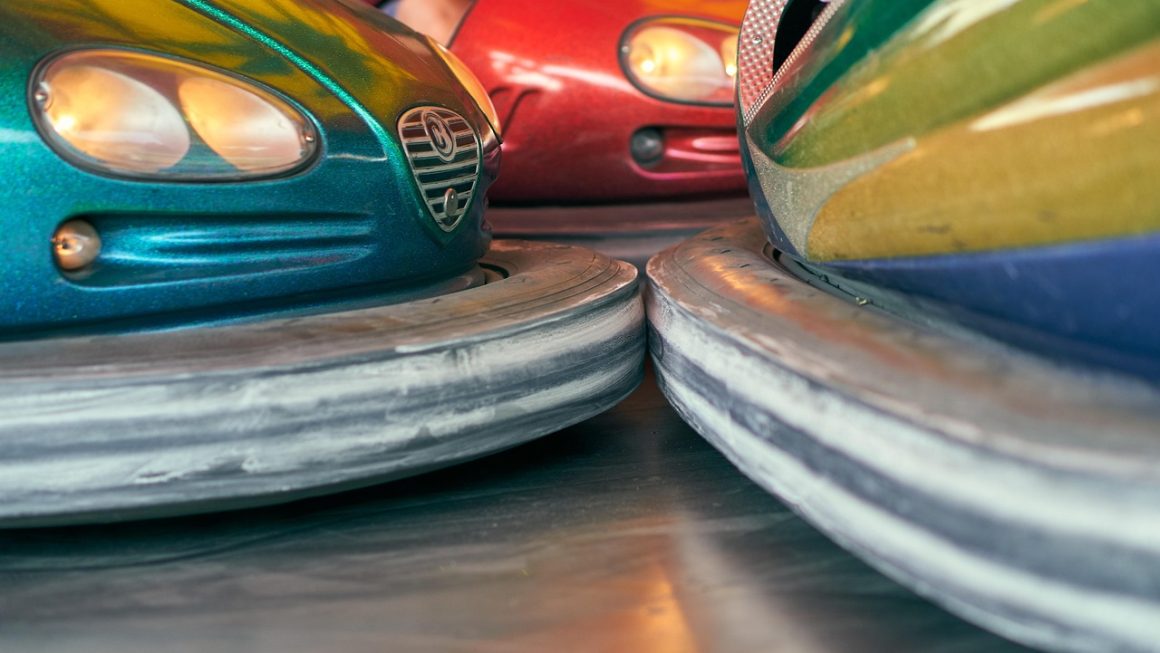Stand-up comedy: it’s more than just telling jokes. It’s an art form, a cultural phenomenon, and for some, a lucrative career. From the smoky backrooms of comedy clubs to the bright lights of sold-out stadiums, the world of stand-up is a dynamic and ever-evolving landscape. This blog post will delve deep into the nuts and bolts of stand-up comedy, exploring its history, dissecting its techniques, and providing insights for aspiring comedians and comedy enthusiasts alike.
The History and Evolution of Stand-Up Comedy
Early Roots and Vaudeville
- Stand-up comedy’s origins can be traced back to ancient forms of storytelling and performance, but its modern form began to take shape in the late 19th and early 20th centuries with the rise of vaudeville.
- Vaudeville shows featured a variety of acts, including comedians who would deliver monologues, tell jokes, and engage with the audience.
- Early comedians like Charlie Chaplin and Buster Keaton honed their comedic skills on the vaudeville circuit before transitioning to film.
- Vaudeville provided a platform for many immigrants and minorities to share their stories and perspectives, often using humor to address social issues.
The Golden Age of Comedy
- The mid-20th century saw the emergence of a “Golden Age” of stand-up comedy, with comedians like Bob Hope, Milton Berle, and Jack Benny becoming household names through radio and television.
- These comedians often relied on traditional joke structures and observational humor, appealing to a broad audience.
- The rise of television provided a new medium for comedians to reach a wider audience, leading to increased popularity and influence.
- Comedy clubs began to emerge as dedicated venues for stand-up performance, providing a more intimate setting for comedians to connect with their audiences.
Modern Stand-Up: Breaking Boundaries
- The late 20th and early 21st centuries have witnessed a diversification of stand-up comedy, with comedians pushing boundaries and exploring new forms of humor.
- Comedians like Richard Pryor, George Carlin, and Lenny Bruce challenged social norms and addressed controversial topics, paving the way for future generations of comedians.
- Alternative comedy scenes emerged, emphasizing originality and experimentation over traditional joke-telling.
- The internet and social media have revolutionized the way comedians create and distribute their work, allowing them to reach global audiences and build their own brands. For example, many comedians use TikTok, YouTube, and Patreon to build followings and monetize their content.
Crafting the Perfect Stand-Up Set
Writing and Developing Material
- Observation is key: Pay attention to the world around you and identify the absurdities and contradictions that make for good comedy.
- Find your voice: Develop a unique comedic persona that reflects your personality and perspective.
- Experiment with different joke structures: Explore one-liners, anecdotes, observational humor, and topical jokes to find what works best for you.
- Write, write, write: The more you write, the better you’ll become at crafting jokes and building a solid set. Aim to write every day, even if it’s just for a few minutes.
- Record yourself: Listening back to recordings can help you identify areas for improvement in your delivery and timing.
Structuring Your Set
- Open strong: Start with your best material to grab the audience’s attention and set the tone for the rest of the show.
- Build momentum: Arrange your jokes in a way that builds laughs and keeps the audience engaged.
- Vary the pace: Mix up your jokes with slower, more thoughtful pieces to create contrast and keep the audience on their toes.
- Close with a bang: End with a strong, memorable joke or routine that leaves the audience wanting more.
- Example: A common structure is to start with observational humor, transition to personal anecdotes, and then close with a more controversial or thought-provoking piece.
Punching Up: Avoiding Offensive Material
- “Punching up” is a comedic technique of targeting those with more power than you. This can involve poking fun at politicians, corporations, or other figures of authority.
- This strategy is generally considered to be less harmful than “punching down,” which involves making jokes at the expense of marginalized groups.
- Knowing your audience and understanding the potential impact of your jokes is crucial for ethical comedy.
- Consider the intent behind your jokes and whether they contribute to harmful stereotypes or reinforce existing power imbalances.
Performance and Stage Presence
Mastering Delivery and Timing
- Practice, practice, practice: Rehearse your material until it becomes second nature.
- Find your rhythm: Develop a natural cadence and timing that enhances your jokes.
- Use pauses effectively: A well-placed pause can amplify the impact of a punchline.
- Vary your vocal delivery: Use changes in tone, volume, and inflection to keep the audience engaged.
- Connect with the audience: Make eye contact, smile, and be genuine in your interactions.
Engaging with the Audience
- Read the room: Pay attention to the audience’s reactions and adjust your set accordingly.
- Be prepared to improvise: Don’t be afraid to deviate from your planned material if something unexpected happens.
- Handle hecklers with grace: Have a few witty comebacks prepared, but don’t get into a prolonged argument. Some comedians even have prepared bits specifically for heckler situations.
- Acknowledge the audience: Show your appreciation for their support and make them feel like they’re part of the show.
Stage Presence and Body Language
- Be confident: Project confidence and energy, even if you’re feeling nervous.
- Use your body language to enhance your jokes: Gestures, facial expressions, and movement can all add to the comedic effect.
- Own the stage: Make use of the entire stage area to create a dynamic and engaging performance.
- Be mindful of your posture: Stand tall and avoid fidgeting or slouching.
Navigating the Comedy Industry
Finding Open Mics and Gigs
- Start small: Begin by performing at open mics to gain experience and build your confidence.
- Network with other comedians: Attend comedy shows and events to meet other performers and industry professionals.
- Create a demo reel: Showcase your best material in a short video to send to clubs and bookers.
- Utilize online platforms: Websites like Eventbrite and Meetup can help you find open mics and comedy shows in your area.
- Be persistent: Getting booked for gigs can be challenging, so don’t give up easily.
Building Your Brand and Online Presence
- Create a professional website: Showcase your bio, photos, videos, and upcoming shows.
- Utilize social media: Build a following on platforms like Twitter, Instagram, and YouTube to promote your work and connect with fans.
- Develop a unique brand: Create a consistent image and message that reflects your comedic style and personality.
- Engage with your audience: Respond to comments and messages, and create content that resonates with your fans.
- Example: Comedian Ali Wong uses her social media platforms to promote her stand-up specials, book tours, and acting projects.
Dealing with Rejection and Criticism
- Don’t take it personally: Rejection is a part of the comedy industry, so learn to brush it off and keep moving forward.
- Seek constructive criticism: Ask trusted friends, mentors, or fellow comedians for feedback on your material and performance.
- Learn from your mistakes: Analyze your sets and identify areas where you can improve.
- Stay positive: Believe in yourself and your comedic abilities, and don’t let negativity discourage you.
- Remember why you started: Focus on the joy of performing and the satisfaction of making people laugh.
Conclusion
Stand-up comedy is a challenging but rewarding pursuit. By understanding its history, mastering its techniques, and navigating the industry with persistence and passion, aspiring comedians can carve out their own unique path to success. Whether you dream of headlining stadiums or simply want to make your friends laugh, the world of stand-up comedy offers endless possibilities for creativity, self-expression, and connection. So, grab a microphone, find your voice, and share your humor with the world. The stage is waiting.




